National Novel Writing Month should be instituted as a part of the English curriculum
Courtesy of National Novel Writing Month
The logo for National Novel Writing Month
An average essay is 1,000 words and a couple of pages long. A novel usually ranges from 80,000-100,000 words, according to Writer’s Digest, with Harry Potter and the Sorcerer’s Stone having 76,944 words. During the month of November, hundreds of thousands of people across the world attempt to write 50,000 words of a novel in 30 days. This is part of a program called National Novel Writing Month (NaNoWriMo), which also includes a Young Writers’ Program (YWP) meant to motivate younger writers including curricula centered around the construction of novels.
Cherry Hill East could and should use the NaNoWriMo curriculum as an outline for a new semester-long elective based around the understanding and creation of novels. The curriculum would fit perfectly into the first semester as the curriculum has lesson plans that teachers can use from October to December.
In October, students would learn about what separates good novels from bad ones and create outlines for their own novel. In November, writing, subplotting, and structure are the curriculum’s main focal points. Finally, December is a “what comes next” month, where students would work on editing and cleaning up their – preferably 50,000 word – manuscript.
Cherry Hill East should have this new elective because being taught to understand literature and being able to write both consistently and well is extremely important. Writing is one of the most important skills a person can have and the ability to stick with a project from word one to one thousand to fifty thousand builds endurance and dedication to seeing something through, a trait that is pivotal for most students’ future lives and jobs.
Some English teachers at East think that having NaNoWriMo as an elective would be beneficial.
“It would be wonderful because so much of the [creativity] has been taken out of the normal curriculum,” said Mrs. Noreen Cunningham, who has been teaching English at East for the past 15 years, including Writers Workshop for 5 years. “The curriculum standard is in terms of argumentative papers and analysis… there’s not much creative left.”
English teacher Mrs. Karen Simeonides, who has been teaching English at East for 13 years along with Creative Writing for 2 years, said that it is important to simply have students writing, whether in a ten minute free write at the beginning of class or a class period dedicated to only writing.
Of course, any change in curriculum comes with obstacles.
“Creating a curriculum that could be agreed upon for both high schools and across the district is always challenging [along with getting] everybody on board.” Cunningham said. “To teach a class about writing a novel, you’d have to examine really great novels. And… you wouldn’t want to be stepping on anybody’s toes in terms of what they’re already teaching their own [students].”
However, with the YWP curriculum, there is already groundwork for a future curriculum for East. And there are only 30 to 40 books being used in English classes at East and there are thousands of great novels that the curriculum can pull from.
Simeonides brought up another hurdle in creating a class so specific to novelists. Students like to work on side projects in creative writing classes. “There are some students who want to write a story [and] some who want to write a movie script,” she said.
But one does not necessarily have to write a “novel” during NaNoWriMo. A writer can create an outline for any writing project and, as long as it hits 50,000 words, technically succeed at NaNoWriMo.
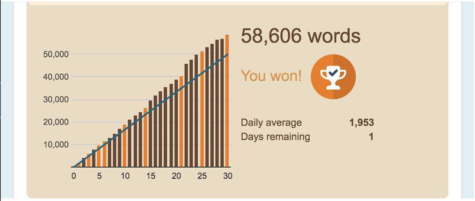
An example of the tracking to reach over 50,000 words in a month.
may seem like it will only cause stress in students or take up time students do not have. But there is no better feeling than checking an over 100 page document’s word count after a month of hard work and seeing 50,000 words, and no better way to encourage students to become better writers, and readers, too.
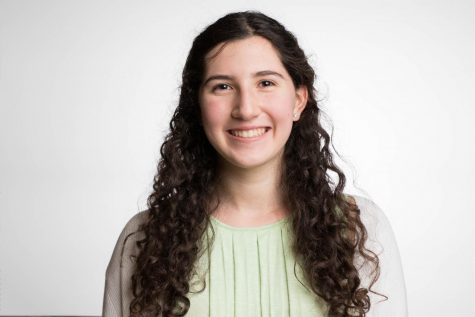
Samantha Roehl is a senior at Cherry Hill East and one of Eastside's Editors-in-Chief. She hopes to be an author and has dedicated altogether too much...


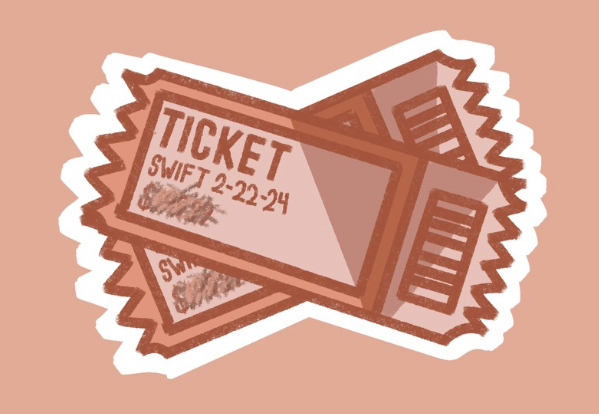

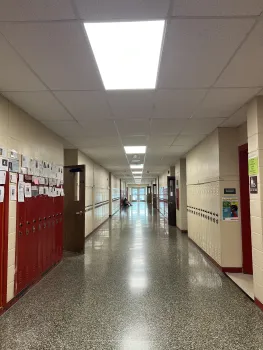
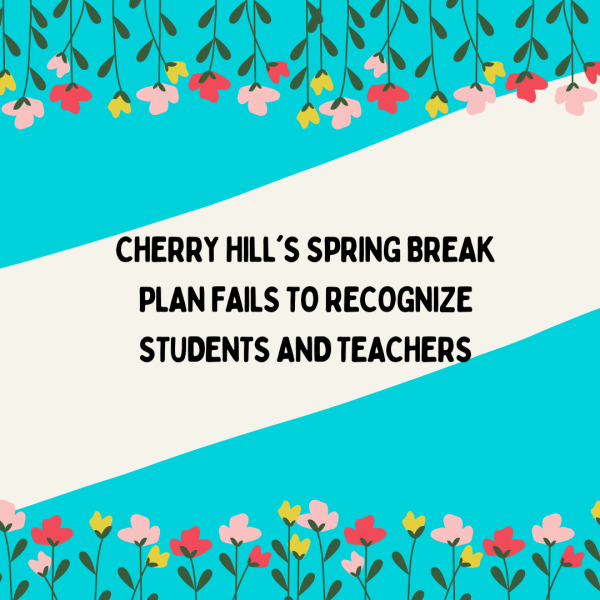


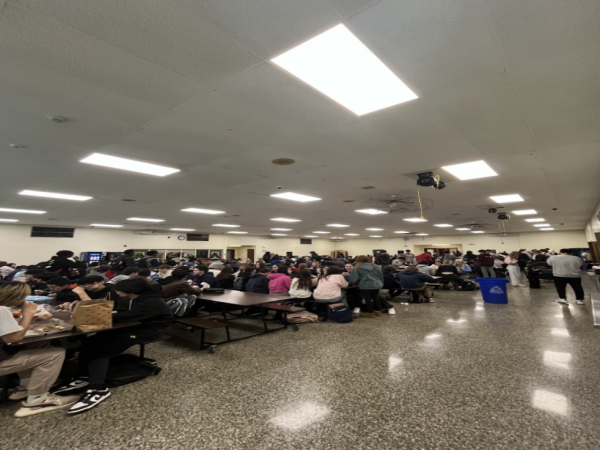
Mike • Dec 17, 2019 at 9:19 am
Writing in a non-linear fashion is the ABSOLUTE BEST. I do this all the time, and it keeps me motivated to actually make it to the cool scenes I’ve already written.